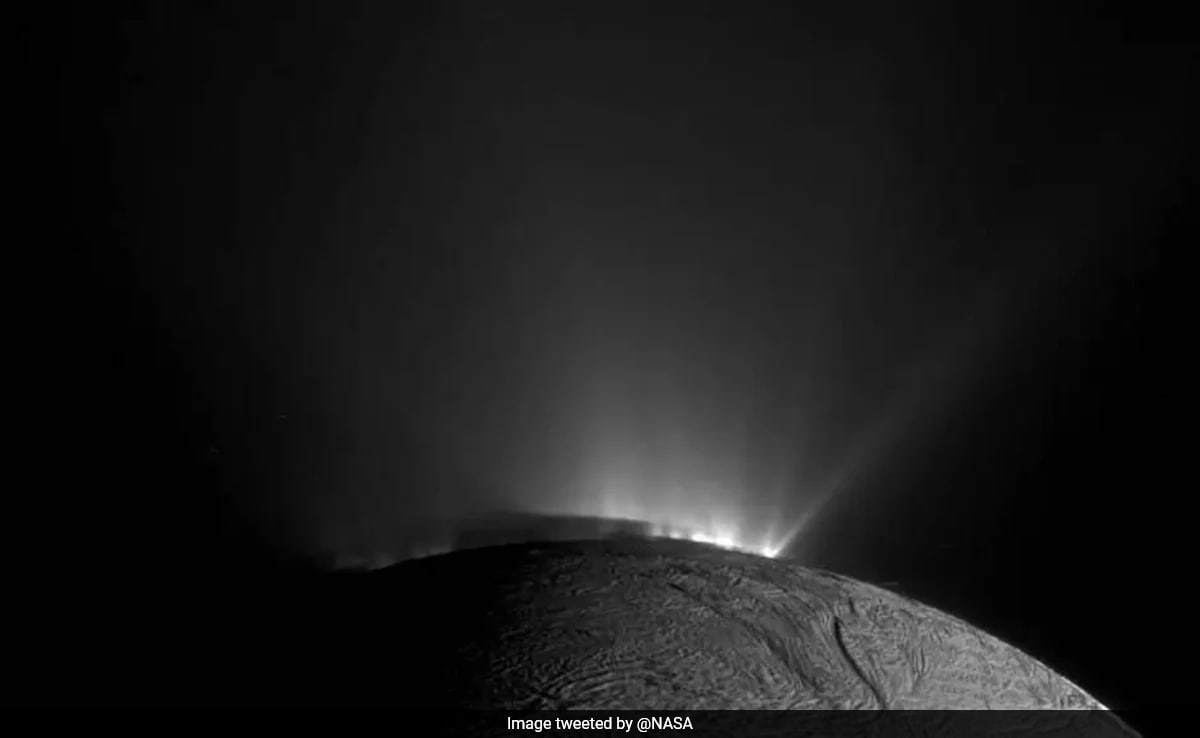
According to NASA, these exoplanets are about the size of Earth but are less dense and much cooler
A recent NASA study searching for life outside the solar system discovered 17 exoplanets that could have oceans of liquid water beneath icy shells. The search for life typically involves finding exoplanets that exist within the “habitable zone” of their host star, a distance where temperatures allow liquid water to remain on their surfaces. However, it is possible for a very distant, cold exoplanet to have an ocean under an icy crust if it had enough internal heating.
According to Space.com websiteThese worlds, like Jupiter’s icy moons, could be promising places to look for chemical signs of life. It is worth noting that Jupiter’s moon Europa and Saturn’s Enceladus do not receive enough sunlight but still contain liquid oceans under their icy crust.
for the first time, @NASA exoplanets Scientific teams have estimated that 17 worlds outside our solar system could have oceans of liquid water, an essential ingredient for life, beneath icy shells. Dive into: https://t.co/8wIm2qhUDEpic.twitter.com/OP7eXhrz6E
– NASA (@NASA) December 15, 2023
“Water from these oceans can sometimes flow through the ice crust in the form of geysers. The scientific team calculated the amount of geyser activity on these exoplanets, which is the first time such estimates have been made. They have identified two exoplanets close enough where signs of these explosions can be observed using telescopes. NASA said.
These icy worlds, including those close to our solar system, may have conditions capable of supporting life.
“Our analyzes predict that these 17 worlds may have ice-covered surfaces but receive enough internal heating from the decay of radioactive elements and tidal forces from their host stars to maintain their inner oceans,” Lena Quick of NASA’s Goddard Space Flight Center said in a statement. . .
“Thanks to the amount of internal heat they experience, all the planets in our study can also exhibit cryovolcanic eruptions in the form of geyser-like plumes,” Quick added.
According to NASA, these exoplanets are roughly the size of Earth but are less dense and cooler, suggesting their surfaces are covered in ice.
The researchers said that geyser activity on two exoplanets, Proxima Centauri b and LHS1140 b, could exceed that of Europa by hundreds to thousands of times.
“Since our models predict that oceans can be found relatively close to the surfaces of Proxima Centauri b and LHS 1140 b, and that their rate of geyser activity could exceed that of Europa by hundreds to thousands of times, telescopes are more likely to detect geological activity on the planet’s surface. These planets said Mr. Quick.

“Beer aficionado. Gamer. Alcohol fanatic. Evil food trailblazer. Avid bacon maven.”
